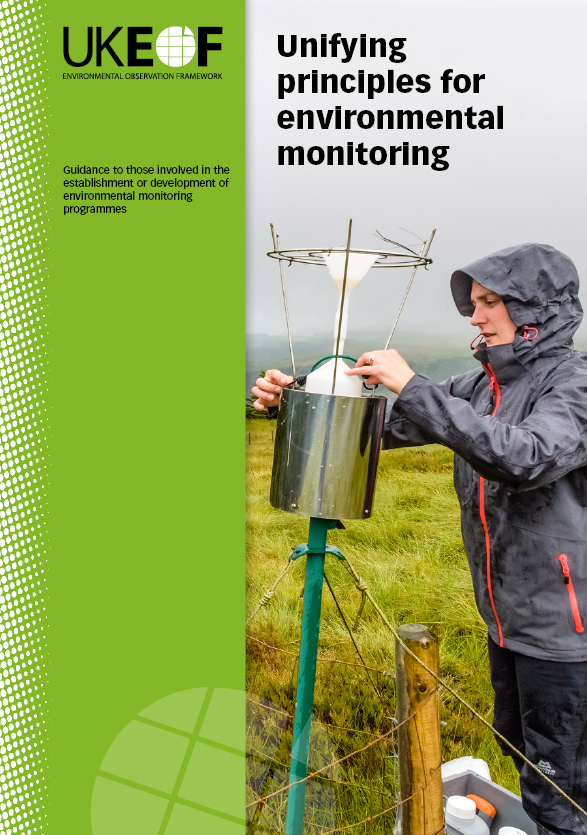 Environmental monitoring is critical for tracking, understanding, and responding to environmental change, and for underpinning environmental regulation. Monitoring programmes tend to be established to meet specific purposes. While it is often possible to adapt or link them over time to address emerging environmental questions, increasing diversification of policy agendas and methodologies in recent years has made this more challenging, particularly with respect to assessing change at a UK scale. A more strategic approach to the UK’s monitoring evidence base is therefore needed to maximise the scientific and policy value of the outputs.
Environmental monitoring is critical for tracking, understanding, and responding to environmental change, and for underpinning environmental regulation. Monitoring programmes tend to be established to meet specific purposes. While it is often possible to adapt or link them over time to address emerging environmental questions, increasing diversification of policy agendas and methodologies in recent years has made this more challenging, particularly with respect to assessing change at a UK scale. A more strategic approach to the UK’s monitoring evidence base is therefore needed to maximise the scientific and policy value of the outputs.
This document sets out a scientifically robust set of nine principles, agreed by the UKEOF partnership, to provide guidance to those involved in the establishment or development of environmental monitoring programmes, from contracted professional surveyors to community scientists. The principles may be followed in any order.
Application of these principles from the outset should help ensure that any new or revised monitoring programme is effective and efficient in delivering its primary objectives. Where appropriate and feasible, it should also enable the programme to contribute to, and draw from, other initiatives with overlapping aims, and hence provide added value to the UK environmental monitoring capability from regional to UK scales.
You can read our nine principles here. A PDF version of Unifying principles for environmental monitoring is also available to download.








